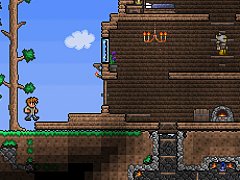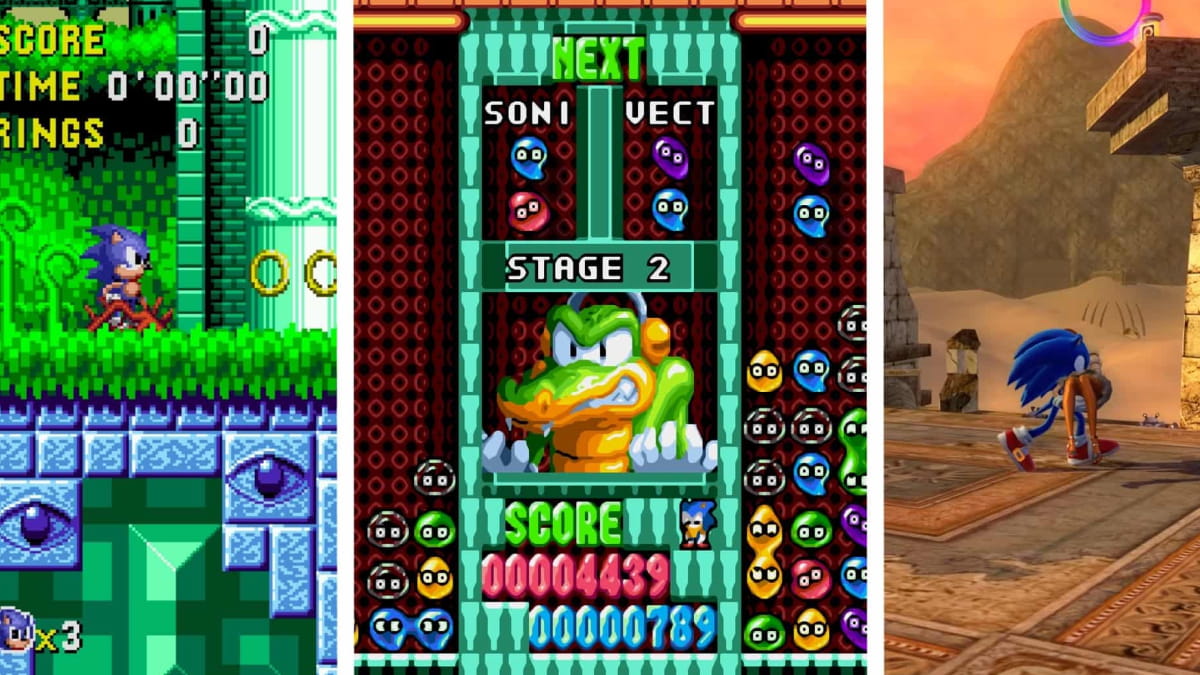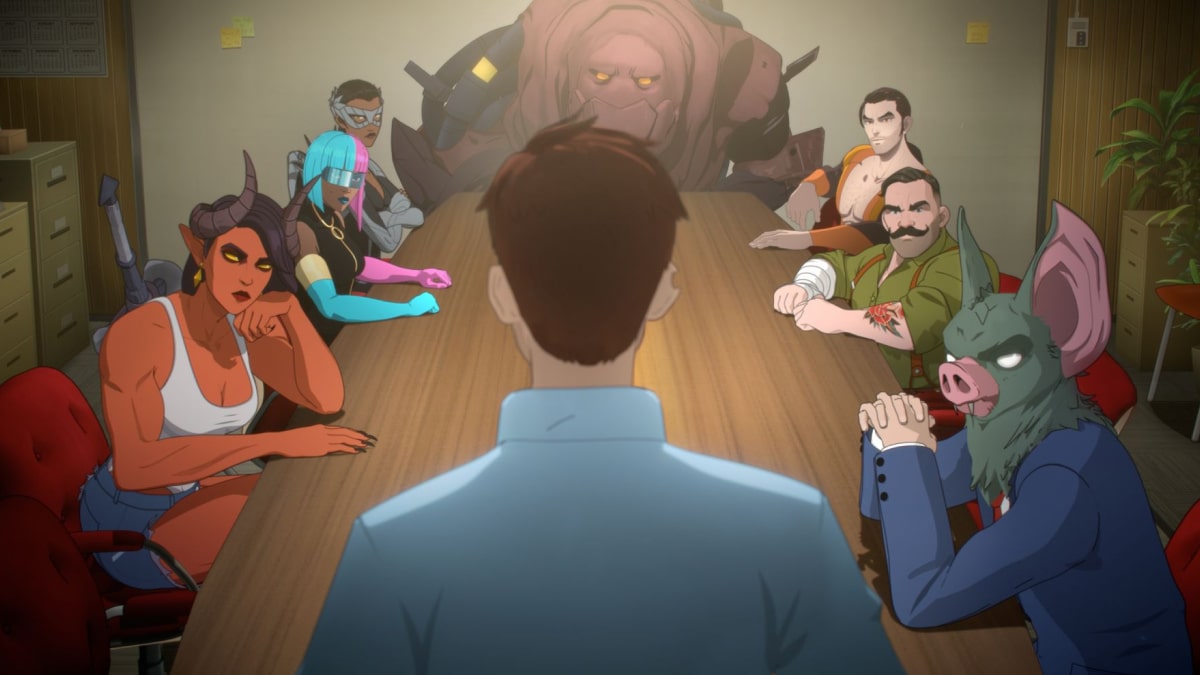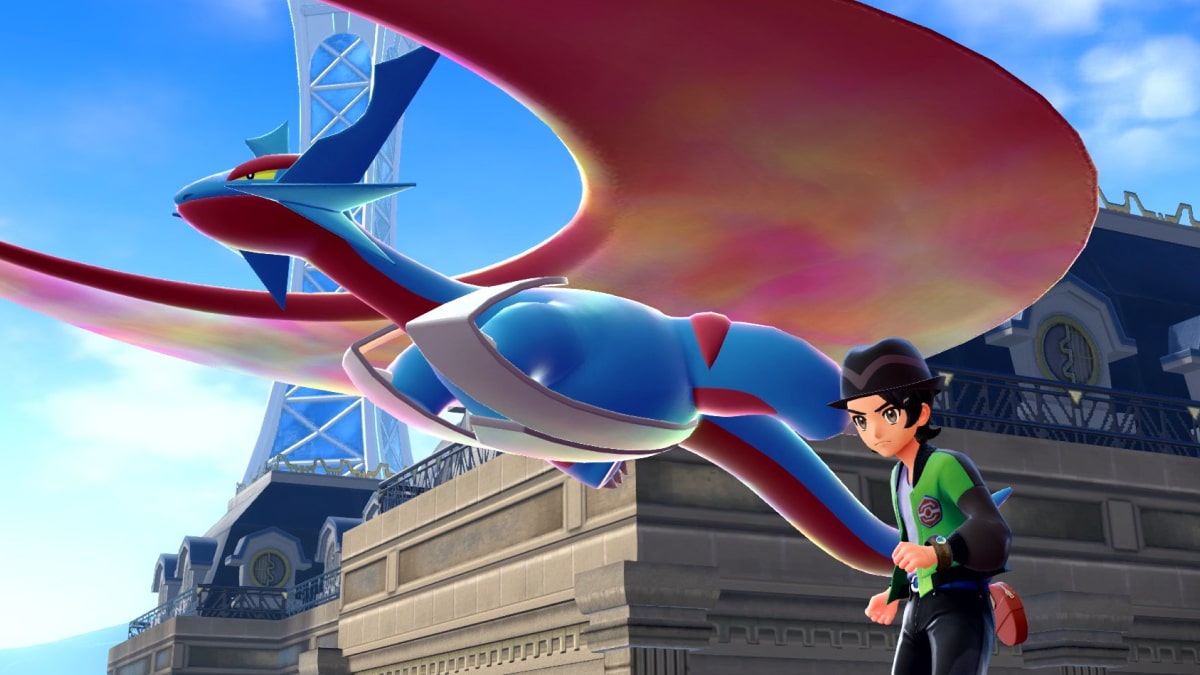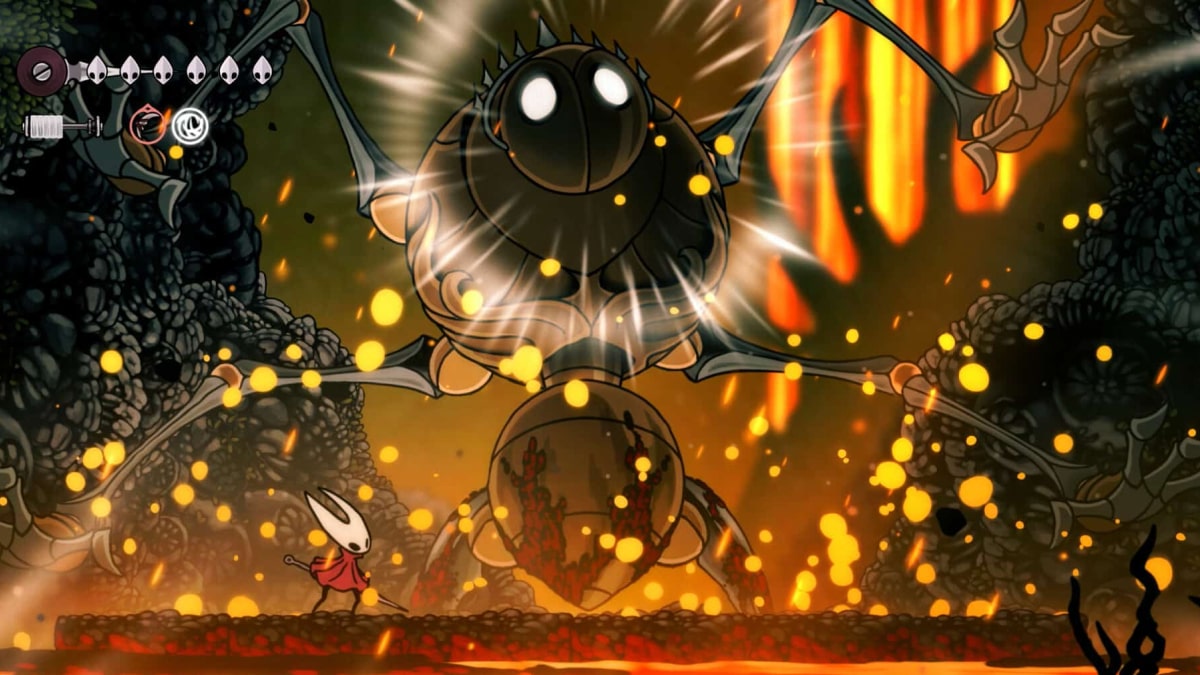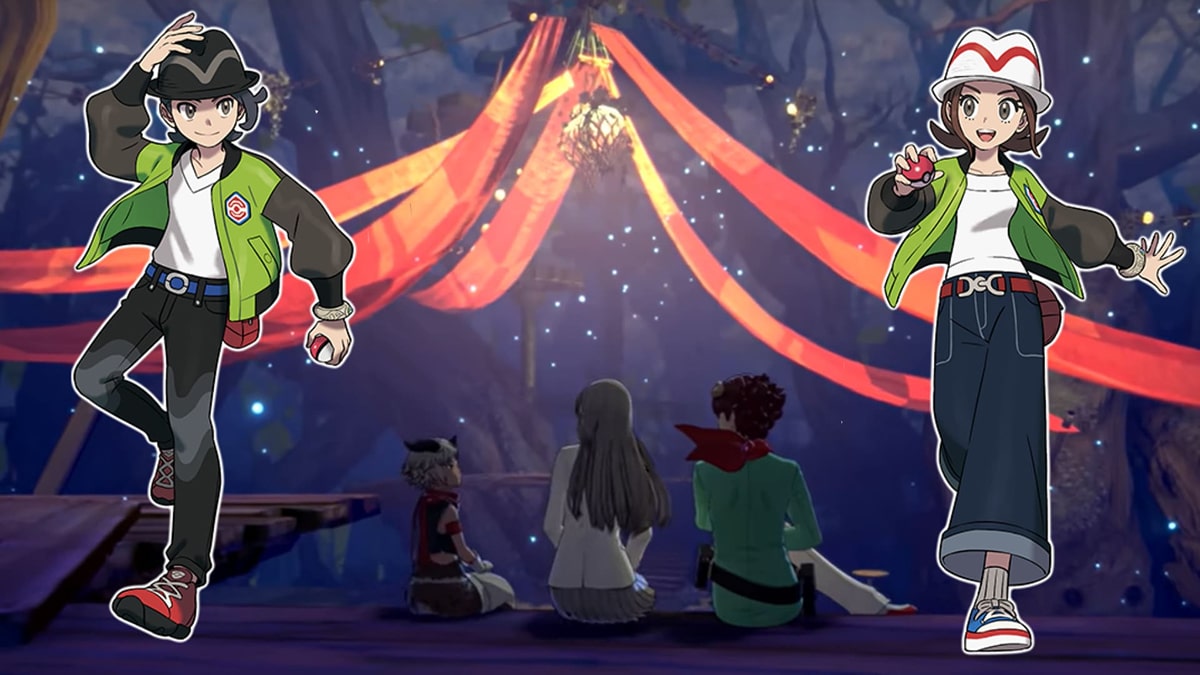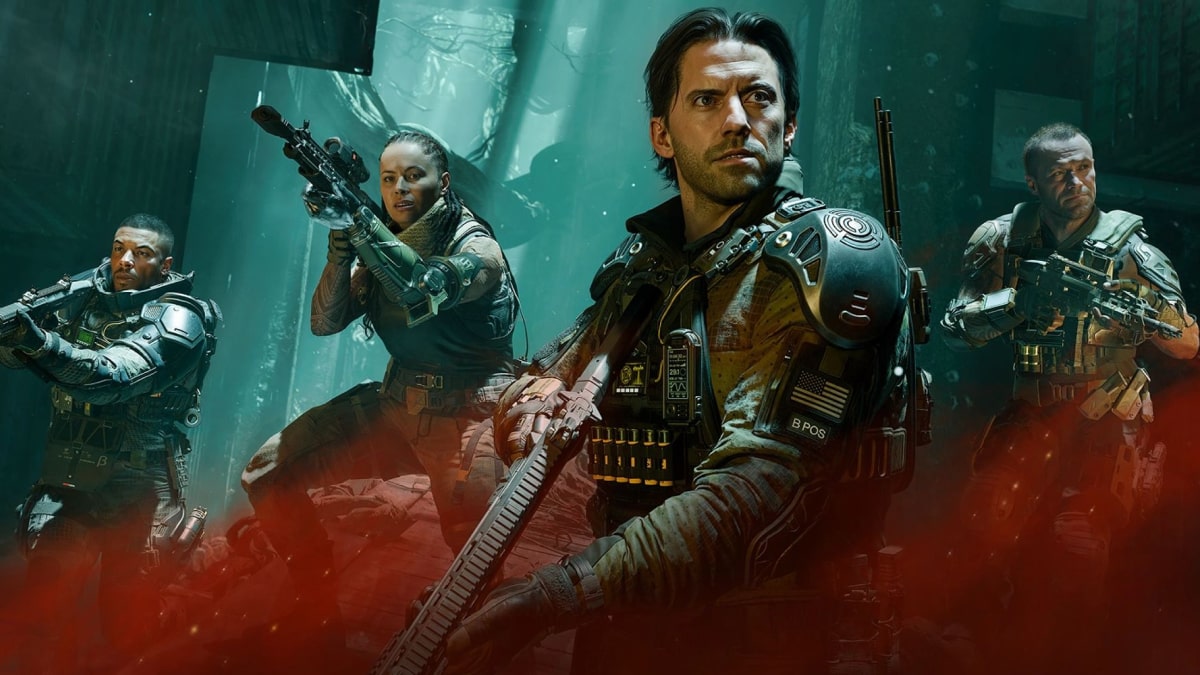You can trust VideoGamer. Our team of gaming experts spend hours testing and reviewing the latest games, to ensure you're reading the most comprehensive guide possible. Rest assured, all imagery and advice is unique and original. Check out how we test and review games here
Being innovative in the world of gaming isn’t just something for tech crews to declare in press release style when they’ve pieced together a new game engine; it’s also something for the people staying up until 4AM to work toward when they’re trying to figure out the best way of making a laser gun out of meteors. So goes the logic of the makers of Terraria, who have made a game that’s one part crafting, one part digging, one part exploration, one part hitting zombies repeatedly in the head, but basically just a celebration of the fact that to be inventive you don’t have to have mastered the dark arts of game development – as long as you have a good enough pick-axe.
If this sounds like Minecraft to you, then you’ve already mentally noted both the best and worst parts of Terraria. Terraria’s likeness to Minecraft is the gilded ball and chain it gets to drag around: while it shares a similar good idea, most users have taken it as redundant in the wake of Notch’s title, which has seniority over it having been in beta since roughly 1968. By the time Terraria came out this year we had already seen that like Minecraft there’s a day/night cycle; like Minecraft the latter of those includes zombies (amongst other things); like Minecraft you hit blankets of lava if you dig deep enough; and you build everything from scratch and you take pride in what you’ve made. Like Minecraft.
What you have after all of that is a 2D, side-scrolling world that lets you ravage it for material, chop down a forest’s wealth of trees to build furniture, then plant seeds and let the ecosystem take care of the rest. You dig deep underground to make stone bunkers to prevent flying eyes from entering, or build up to make brick towers to prevent enemy blobs from materialising inside.
Only, here’s where Terraria gets a leg up on Notch: It recognises just how much of a game you can really fit inside of a sandbox format, and it imposes a sense of structure normally lost on the genre.
Neither of the games have any exact form of levelling – you build what you can depending on what material you have. But in the case of Terraria, the result is a pseudo-Metroidvania approach to progressing through its world. So while there aren’t levels, it’s impossible to explore without proper gear that you’ll start making along the way.
Build a staircase to one of the floating islands and you’ll get attacked by an unstoppable number of harpies. Explore the right of the map toward the jungle area, and you’ll get attacked by an equally unstoppable number of giant wasps. But pick up enough material from these fallen enemies and you can start to make the right climbing material that lets you spelunk the deeper recesses of the world without worrying about falling to your doom, which itself leads to material that will give you enough strength to take on those earlier enemies.
More important though is that Terraria wants you to feel like there is method to your madness. Digging through the Earth’s core for hours isn’t just a rumination on how to find iron in a hole; it’s a way of stumbling across things like Demon Altars that can be used to summon bosses. Similarly, building a hand-built house isn’t just there to provide a user-friendly panic room to hide in when the zombies come. Build a house and an NPC will show up at your door to offer an easy-to-use menu showing which items are craftable to you. Build enough rooms and more will show up, each with their own speciality – ranging from a demolitionists for bomb material, to an arms dealer for guns and the like.
This is why I love Terraria. In an industry that’s so enamoured with innovations, the guys making Terraria have designed a game that exists entirely as a way of indulging player inventiveness, where each step you take is measured by a weapon you worked out how to make, a boss you decided to fight, or an NPC you caused to show up. The game has spent most of the last few months directly underneath the shadow of Notch’s indie beast, but it’s easily one of the best indie titles in years.
Terraria
- Platform(s): Android, iOS, Linux, macOS, Nintendo 3DS, Nintendo Switch, PC, PlayStation 3, PlayStation 4, PS Vita, Wii U, Xbox 360, Xbox One
- Genre(s): Action, Indie, Platformer
